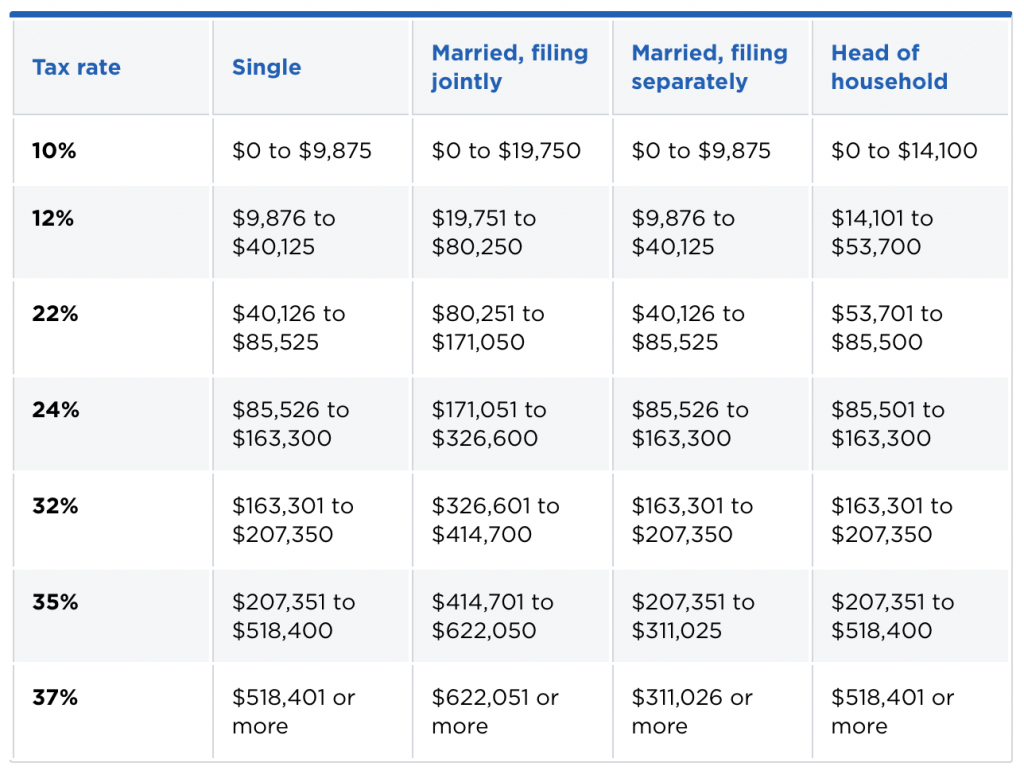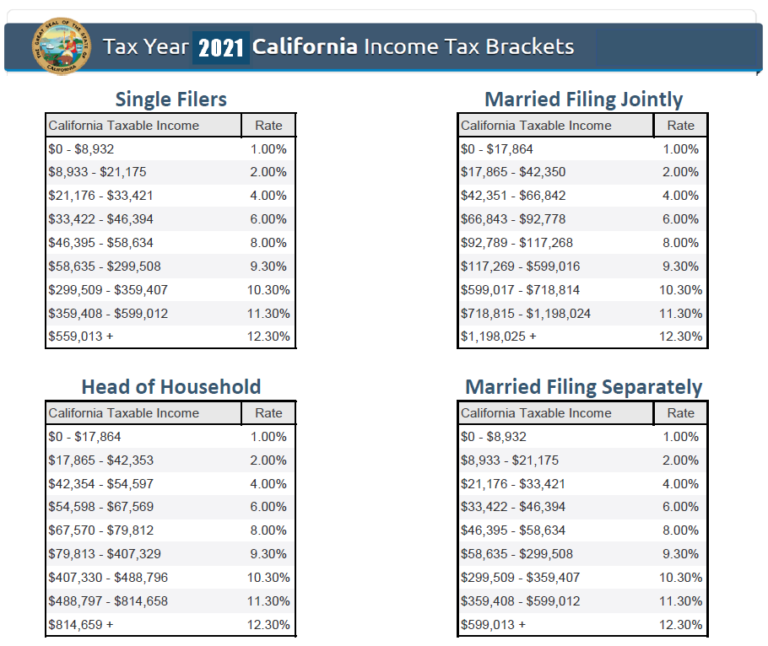

“ IRS Provides Tax Inflation Adjustments for Tax Year 2022.” The child tax credit for tax years 2022 and onward reverts back to pre-2021 rules. The credit was fully refundable for that amount in 2021. The maximum refundable portion of the child credit for each child under age 17 was limited to $1,400 per child. President Biden’s American Rescue Plan made changes to the Child Tax Credit for 2021, increasing the credit to as much as $3,000 per child ($3,600 for ages 6 and younger) and raising the age limit for qualifying children to 17 (from 16).

Child Tax Credit: Reverts to Pre-2021 Rules for 2022 The upper age limit of 65 is eliminated.įor single filers, the phaseout percentage rises to 15.3%, and phaseouts increase to $11,610. The age range expanded so people without children can claim the EITC as of age 19, instead of 25, with the exception of certain full-time students (students ages 19 to 24 with at least half a full-time course load are ineligible). (That’s $6,164 less than if a flat 24% rate was applied to the entire $100,000.The American Rescue Plan, signed by President Biden on March 11, 2021, includes generous tax breaks for people whose self-reported incomes were in the lowest income bracket. When you add it all up, your total 2022 tax is only $17,836. That leaves only $10,925 of your taxable income (the amount over $89,075) that is taxed at the 24% rate, which comes to an additional $2,622 of tax. After that, the next $47,300 of your income (from $41,776 to $89,075) is taxed at the 22% rate for $10,406 of tax. The next $31,500 of income (the amount from $10,276 to $41,775) is taxed at the 12% rate for an additional $3,780 of tax. Again, assuming you’re single with $100,000 taxable income in 2022, the first $10,275 of your income is taxed at the 10% rate for $1,028 of tax. The rest of it is taxed at the 10%, 12%, and 22% rates.

That’s because, using marginal tax rates, only a portion of your income is taxed at the 24% rate. Since $100,000 is in the 24% bracket for singles, will your 2022 tax bill simply a flat 24% of $100,000 – or $24,000? No! Your tax is actually less than that amount. Suppose you’re single and end up with $100,000 of taxable income in 2022. Learn more about how tax brackets work HERE. If you still haven’t filed your 2021 tax return yet, or you just want to compare to see what’s changed, here are the 2021 tax brackets and rates: 2021 Tax Brackets for Single Filers and Married Couples Filing Jointly Tax RateĢ021 Tax Brackets for Married Couples Filing Separately and Head-of-Household Filers Tax Rate 2022 Tax Brackets for Married Couples Filing Separately and Head-of-Household Filers Tax Rate When you’re working on your 2022 federal income tax return next year, here are the tax brackets and rates you’ll need:Ģ022 Tax Brackets for Single Filers and Married Couples Filing Jointly Tax Rate Now, let’s get to the actual tax brackets for 20. (For 2021, the 22% tax bracket for singles went from $40,526 to $86,375, while the same rate applied to head-of-household filers with taxable income from $54,201 to $86,350.) So, that’s something else to keep in mind when you’re filing a return or planning to reduce a future tax bill. However, for head-of-household filers, it goes from $55,901 to $89,050. For example, for single filers, the 22% tax bracket for the 2022 tax year starts at $41,776 and ends at $89,075. The 20 tax bracket ranges also differ depending on your filing status. That means you could wind up in a different tax bracket when you file your 2022 federal income tax return than the bracket you were in before – which also means you could pay a different tax rate on some of your income. However, as they are every year, the 2022 tax brackets were adjusted to account for inflation. The 2022 tax rates themselves are the same as the rates in effect for the 2021 tax year: 10%, 12%, 22%, 24%, 32%, 35% and 37%. Unless you requested an extension to file your 2021 return, the next return that most people will have to file is their federal tax return for the 2022 tax year - which, by the way, will be due on Ap(or October 16, 2023, if extended). It’s never too early to start thinking about your next tax return.


 0 kommentar(er)
0 kommentar(er)
